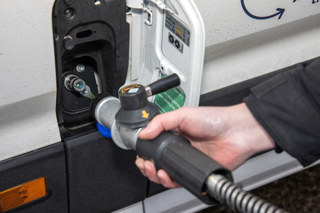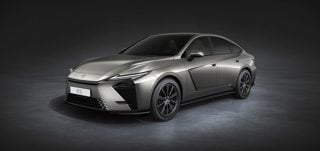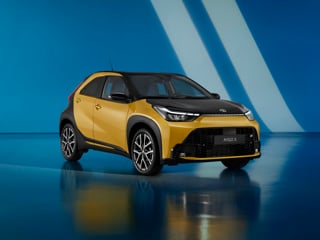Toyota is to launch its all-new Mirai hydrogen fuel cell vehicle in the UK next year.
Launching in Japan next month, it will go on sale in Europe and the UK in September 2015. Across Europe, the brand expects to sell 50 to 100 cars a year in 2015 and 2016.
Mirai - the name means future in Japanese - signals the start of a new age of vehicles. It uses hydrogen, an important future energy source, to generate electric power, delivering better environmental performance while giving customers the convenience and driving pleasure they expect from any car.
Mirai uses the Toyota Fuel Cell System (TFCS), which brings together fuel cell and hybrid technologies. It includes Toyota's new, proprietary fuel cell stack and high-pressure hydrogen tanks. The TFCS is more energy efficient than internal combustion engines and emits no CO2 or pollutants when the vehicle is driven. A generous cruising range and a hydrogen refuelling time of around three minutes2 provide the same level of convenience as a petrol-powered car.
Mirai delivers everything expected of a next-generation car: an immediately recognisable design; an exhilarating drive that stems from the superior handling stability secured by the car's low centre of gravity; and quiet but powerful acceleration delivered by the electric motor.
Hydrogen has the benefit of being able to be generated from many different natural sources and man-made by products - even sewage sludge. It can also be created from water using natural, renewable energy sources such as solar and wind power. When compressed, it has a higher energy density than batteries and it is relatively easy to store and transport. These qualities give it the potential to be used in the future for power generation and a wide range of other applications. FCVs can generate their own electricity from hydrogen, which means they can be a key contributor to making a future hydrogen-based society a reality and accelerating energy diversification.





















Login to comment
Comments
No comments have been made yet.